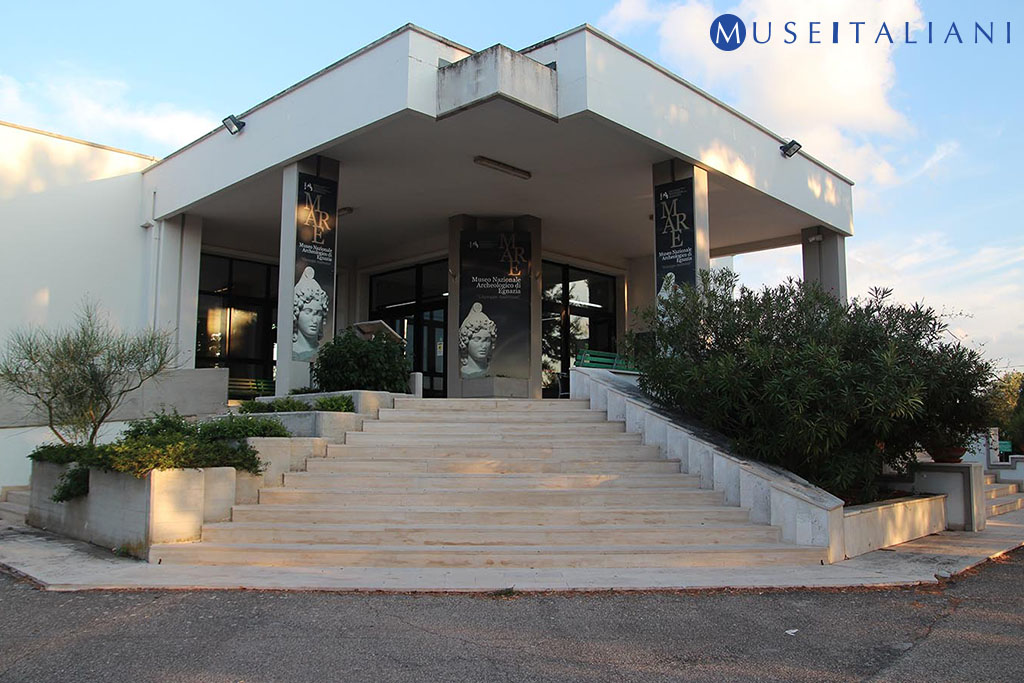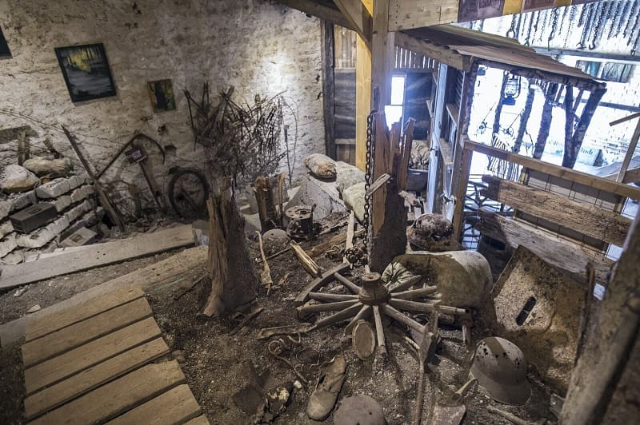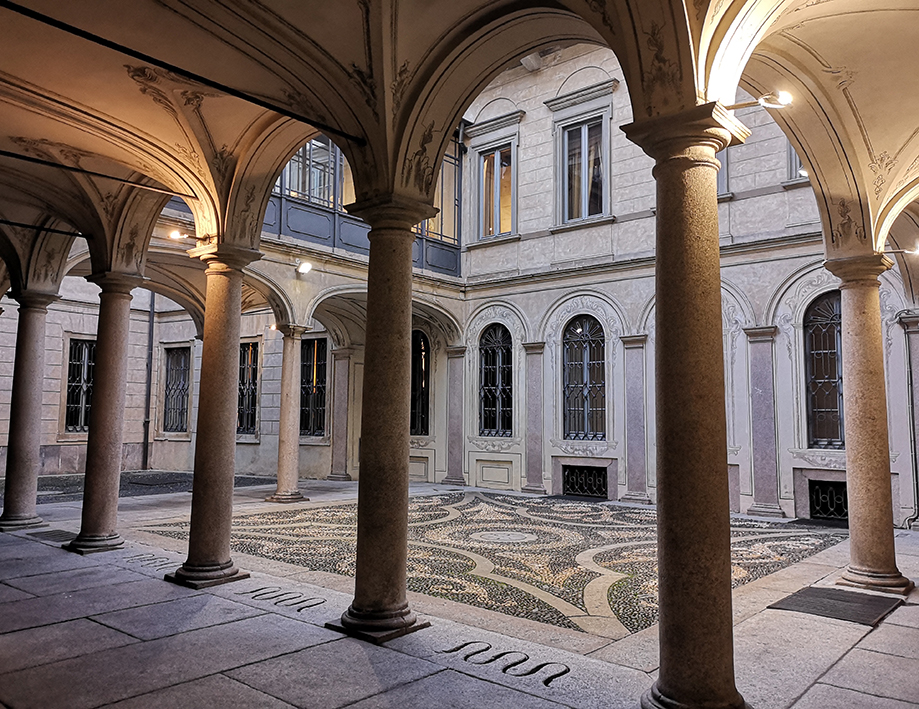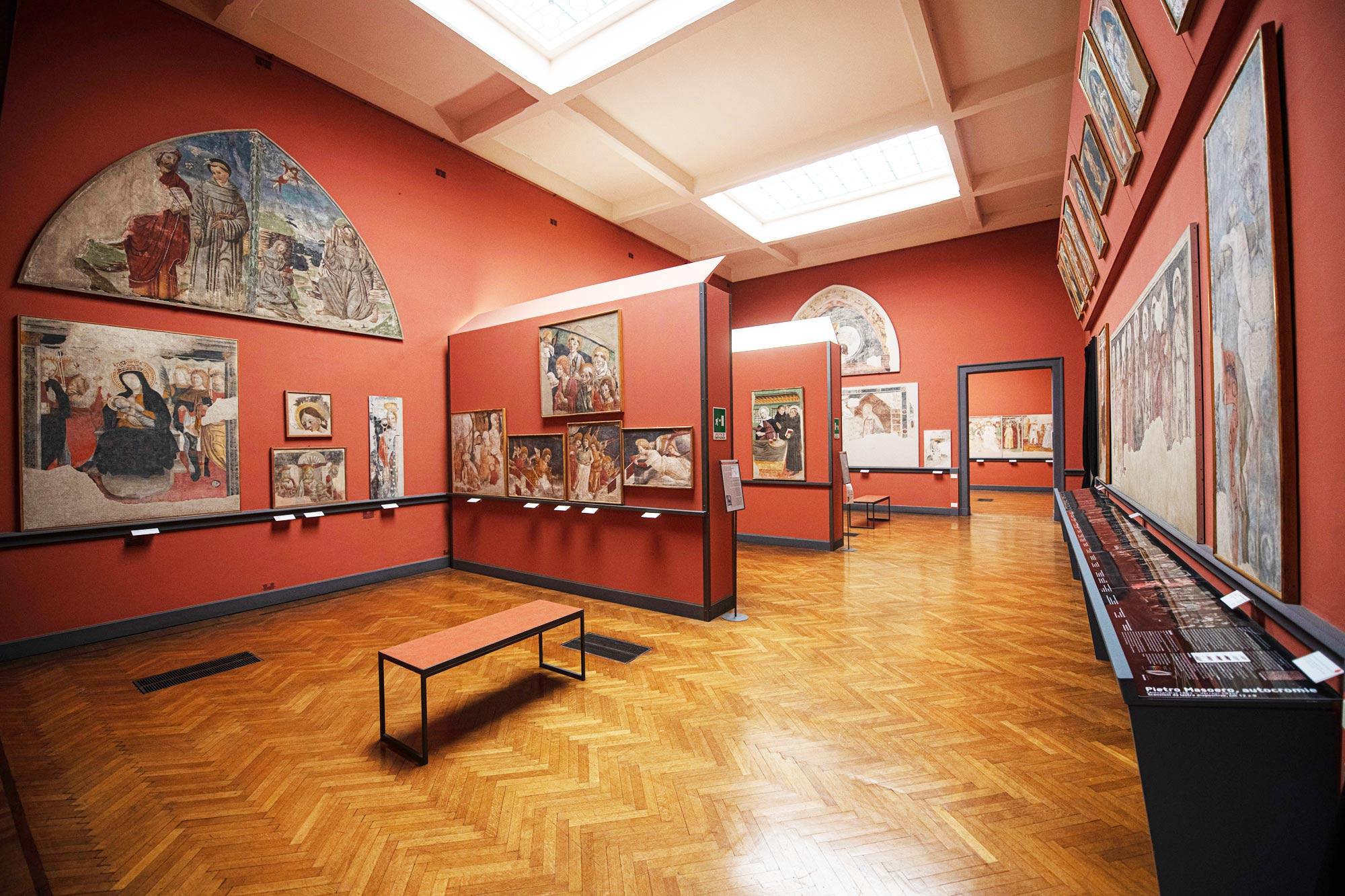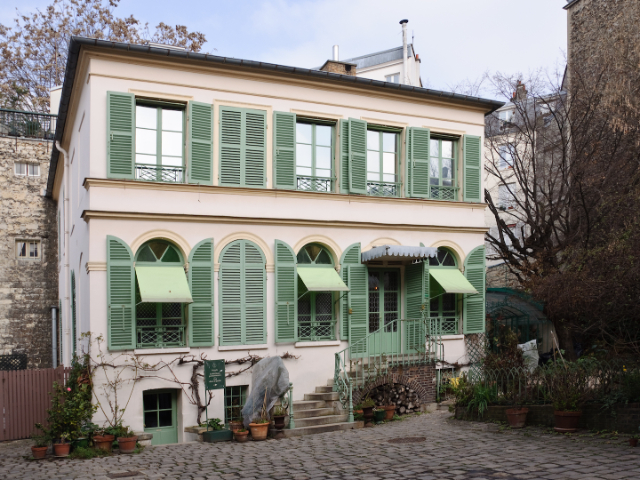Built in the 70s in order to collect and exhibit to the public the numerous finds coming from the excavations of Egnazia, it is divided into chronological sections and documents the history of the settlement from its origins to its decline. Of particular interest are the examples of trozzella, a vase typical of the Messapian culture characterized by plastic wheels – called "trozze" – applied on the handles. Next to the valuable red-figure Apulian ceramics, there are numerous "Gnathia style" vases, black varnished with white and yellow superimposed decoration, widespread throughout Apulia.
The amphorae, as well as the great variety of artifacts of Italian, African and Oriental origin, testify to the importance of trade, increased thanks to the construction of the port and the Via Traiana. The beautiful head of Attis with the typical Phrygian cap, belonging to a statue of the Adriatic age carved in fine white marble, is a testimony to the spread of the cult of Eastern origin of the Great Mother of the Cybele Gods.
